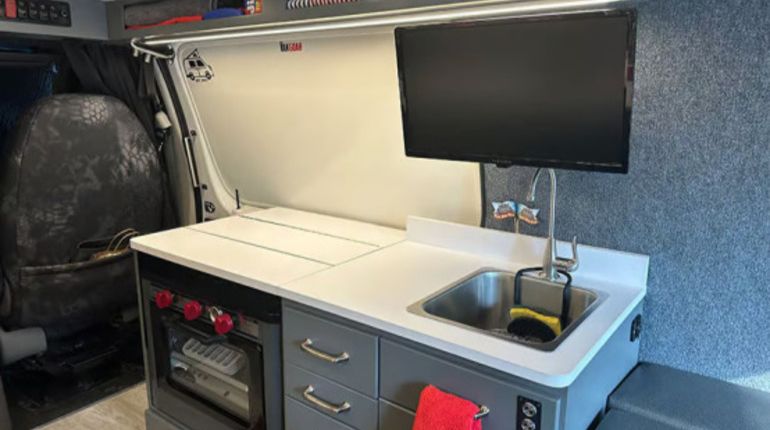In the diverse automotive landscape of the United Kingdom, left-hand drive vehicles present a unique proposition. Originating from countries where driving on the right side of the road is customary, these vehicles bring a distinctive driving experience to UK roads. Whether you’re considering purchasing a left-hand drive vehicle imported from abroad or already own one, looking to sell a left hand drive car in united kingdom, conducting a comprehensive inspection is paramount for safety and compliance. In this guide, we’ll explore the intricacies of left-hand drive vehicles and provide a detailed checklist for thorough examination, tailored specifically for UK lhd vehicle buyers.
Left-hand drive vehicles, primarily manufactured for markets where driving on the right is the norm, feature a steering wheel positioned on the left side of the cabin. This layout offers advantages such as improved visibility during overtaking manoeuvres and easier access to toll booths and drive-through facilities. However, before committing to sell a left-hand drive vehicle in the UK, it’s crucial to ensure it meets safety standards and regulatory requirements.
Begin the inspection process with a visual assessment of the vehicle’s exterior. Look for any signs of damage, including dents, scratches, or rust, which may indicate previous accidents or neglect. Pay close attention to the alignment of body panels, ensuring they are symmetrical and free from misalignment. Additionally, inspect the tires for wear and tear, ensuring they are properly inflated and have adequate tread depth for safe driving on UK roads.
Moving on to the mechanical inspection, scrutinize the engine bay for any signs of leaks, corrosion, or damage. Check the condition of hoses, belts, and fluid levels, ensuring they are within recommended tolerances. Conduct a test drive to evaluate the vehicle’s handling and performance, noting any unusual noises, vibrations, or handling quirks that may indicate underlying mechanical issues.
Left-hand drive vehicles, primarily manufactured for markets where driving on the right is the norm, feature a steering wheel positioned on the left side of the cabin. This layout offers advantages such as improved visibility during overtaking manoeuvres and easier access to toll booths and drive-through facilities.
Transitioning to the interior, familiarize yourself with the layout of controls and instrumentation. Verify that essential components such as the gear shifter, turn signal indicators, and windshield wipers are positioned intuitively and are easily accessible from the driver’s seat. Test the functionality of electronic systems, including the air conditioning, audio system, and power windows, to ensure they operate smoothly and reliably.
Moving on to the mechanical inspection, scrutinize the engine bay for any signs of leaks, corrosion, or damage. Check the condition of hoses, belts, and fluid levels, ensuring they are within recommended tolerances. Conduct a test drive to evaluate the vehicle’s handling and performance, noting any unusual noises, vibrations, or handling quirks that may indicate underlying mechanical issues.
In addition to mechanical inspection, it’s essential to verify the vehicle’s compliance with UK regulations and emissions standards. Consult with a qualified technician or regulatory authority to ensure the vehicle meets all necessary requirements for registration and roadworthiness in the UK.








